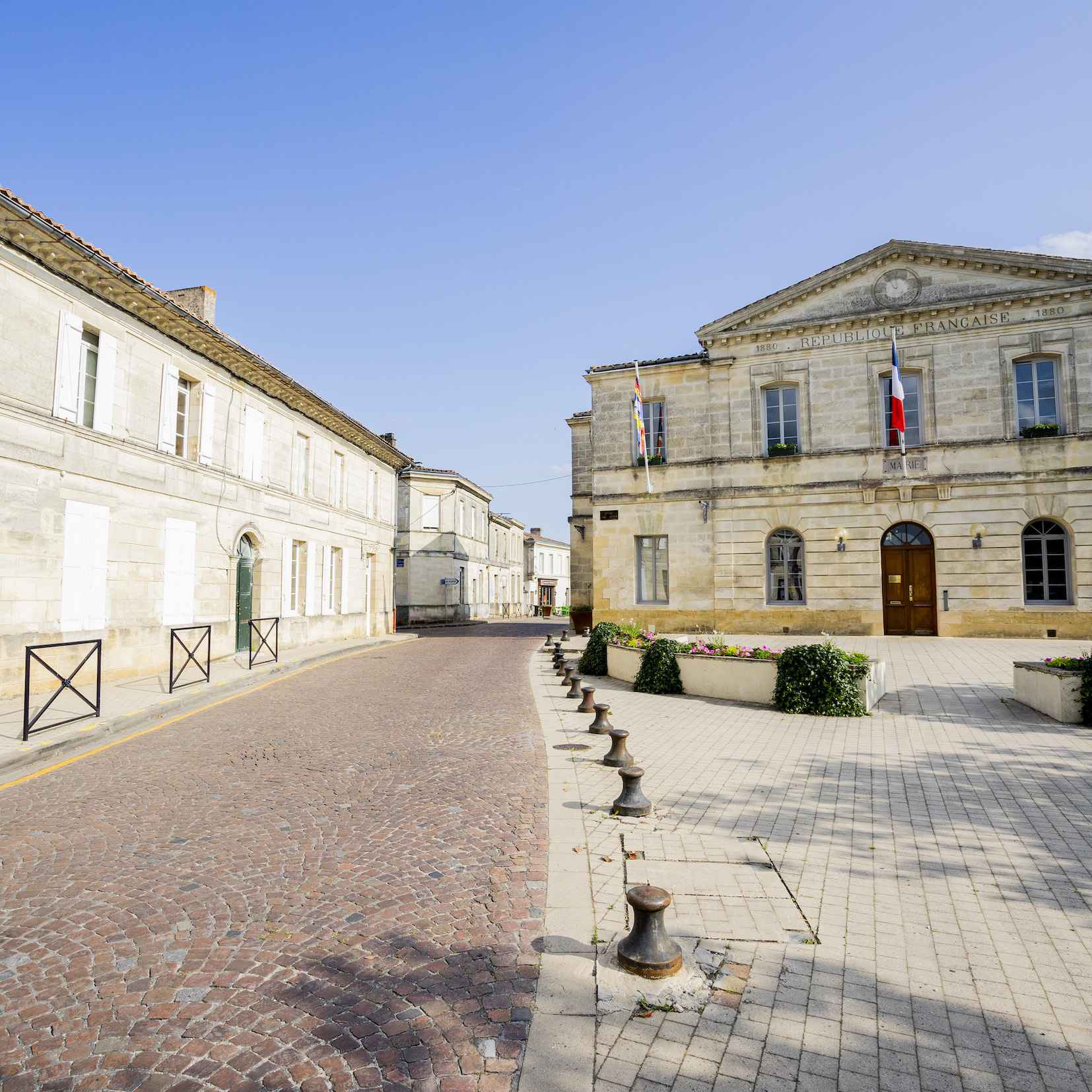
Bouliac
History of Bouliac
On the right bank of the Garonne, facing Bègles, Bouliac is known for its very good wines called Premières Côtes de Bordeaux. Between the plateau of Entre-Deux-Mers and the valley of the Garonne, the territory of Bouliac is rich and diverse. It has been known since the 3rd century of our era. St. Simeon's Church was built in the 12th century, on the foundations of a primitive church famous for its miracles. From the 14th to the 16th century, several lordships were established around the parish, on the current lands of Bouliac. The most prestigious houses of Bouliac were however built later, by the bourgeois Bordeaux wine merchants of the 18th and 19th centuries.
The essentials of Bouliac
Between castles, mills and religious buildings, the built heritage of Bouliac has several remarkable sites. In the center of the town, the town hall has a typical facade of classical architecture of the 19th century. Built in the 12th century, the Saint-Siméon church in Bouliac is a veritable jewel of Romanesque architecture. Pey Berland had the choir strengthened in the 15th century. The bell tower benefited from a restoration campaign undertaken in the 19th century. Among the other sites of great architectural interest are in the territory of Bouliac the castle of Terrefort, the Castel de Vialle today used by several associations of the city, the sublime Château du Pian, former wine estate, the castle of the Great Dragon today ruined, or the Château Lavergne. The town still houses the remains of the old water mill Pian, one of five water mills having been active in Bouliac. Small town on the banks of the Garonne, Bouliac also has an important fluvial heritage: we notice for example on the banks the typical pontoon squares, appeared in the Gironde during the 18th century. Haven of tranquility and greenery, the island of Arcins is finally the only island in the estuary that can be visited.
Life in Bouliac
15 minutes from the Burgundy gate, Bouliac enjoys a privileged location in the Bordeaux area. The late urbanization of the right bank has allowed the Bouliac territory to preserve a long rural face and preserve its natural and architectural heritage. 3 bus lines of the TMB network (Transports Bordeaux Métropole) serve Bouliac and allow easy access to the center of Bordeaux. The François Mitterrand bridge connects Bouliac directly to the left bank at Bègles. The countryside is at the gates of the town, which offers an ideal living environment between the calm of rurality and the amenities of the Bordeaux metropolis. The André-Peynaud public school group consists of a nursery school and a primary school. The town also has two recreation centers and a nursery. The municipal sports facilities include two sports halls, a gym, four tennis courts, a dojo, two football stadiums and a bowling alley. Each year, the festival of Medieval animates the streets of Bouliac in September.